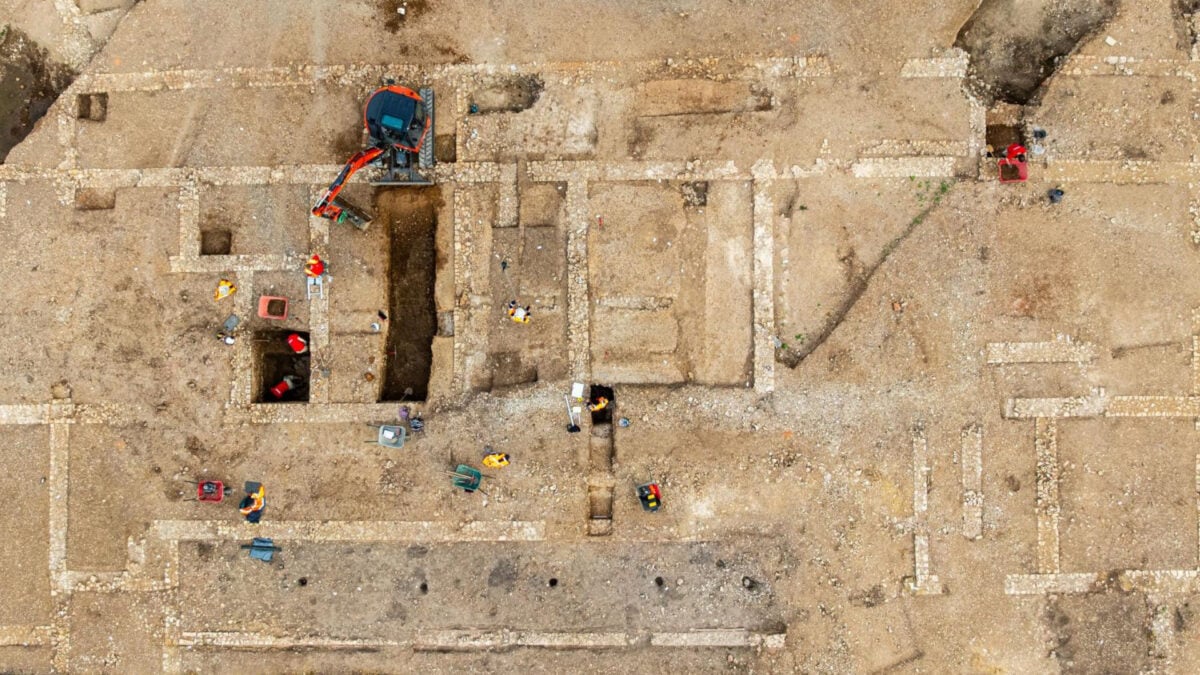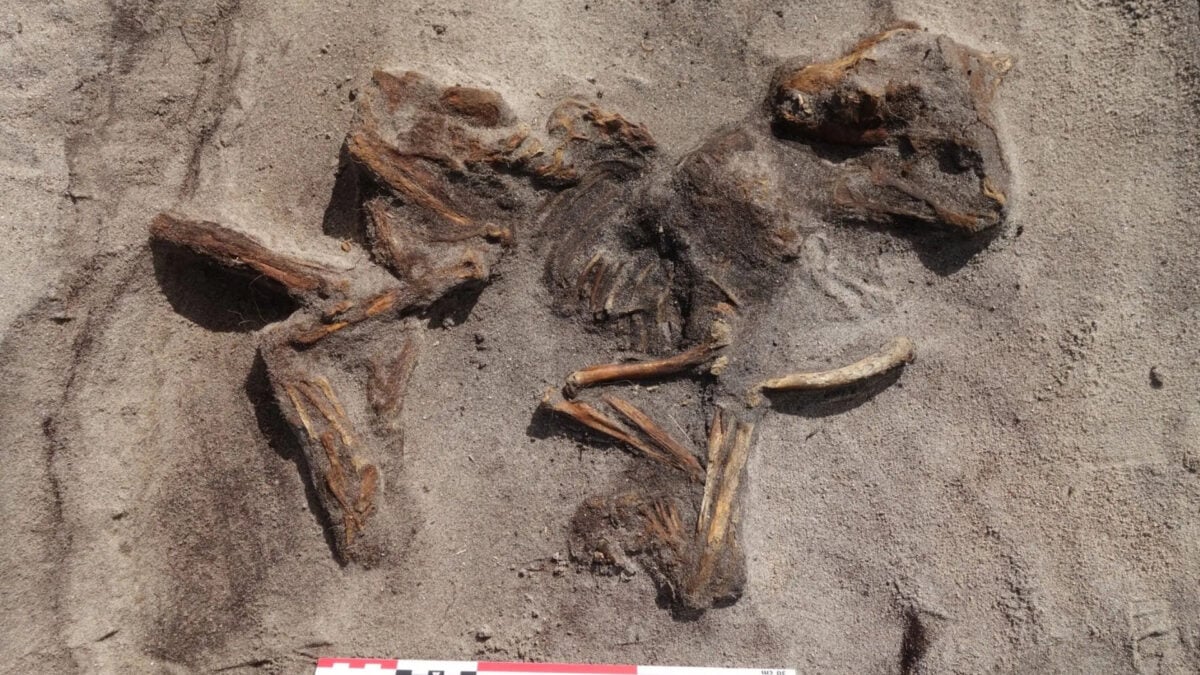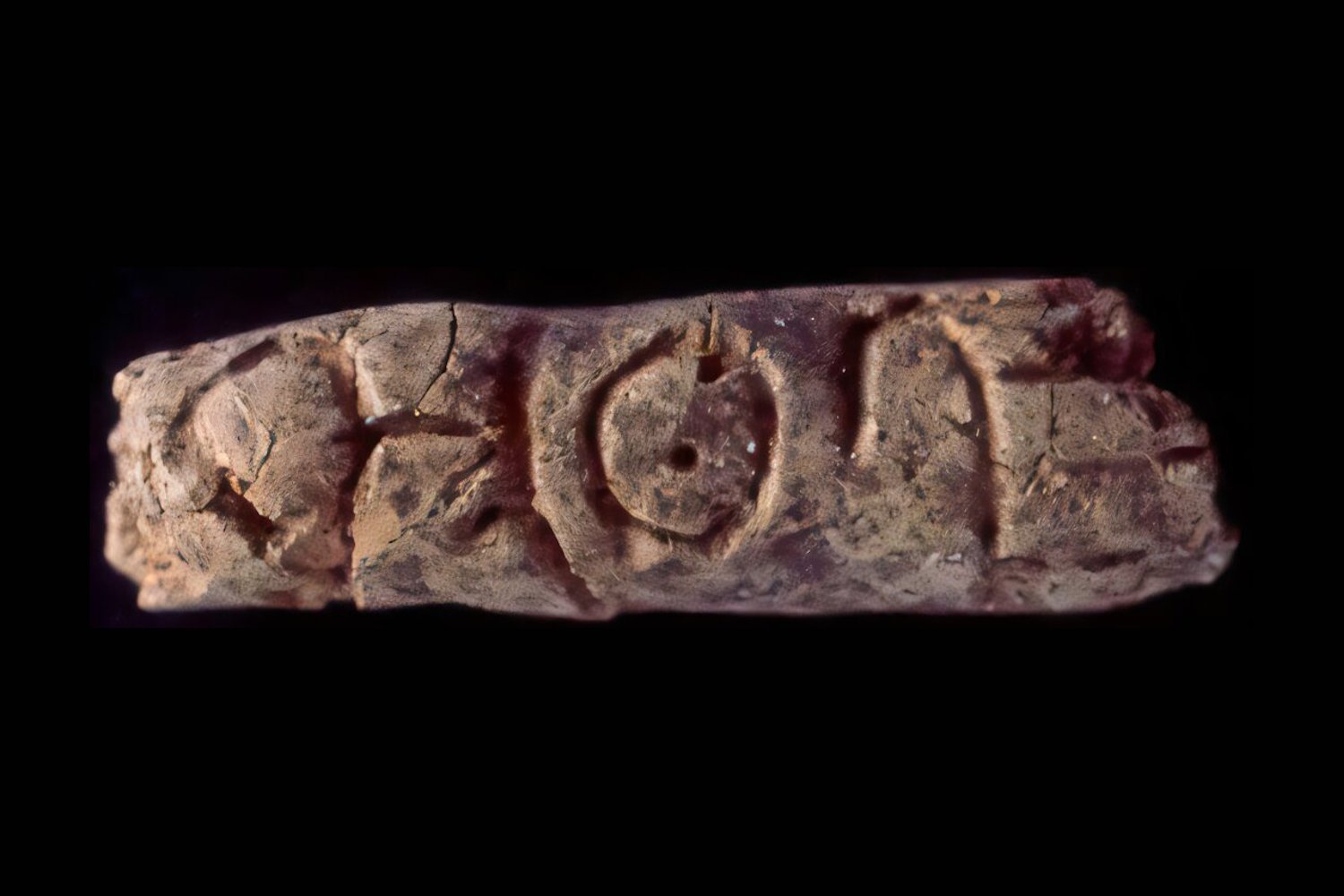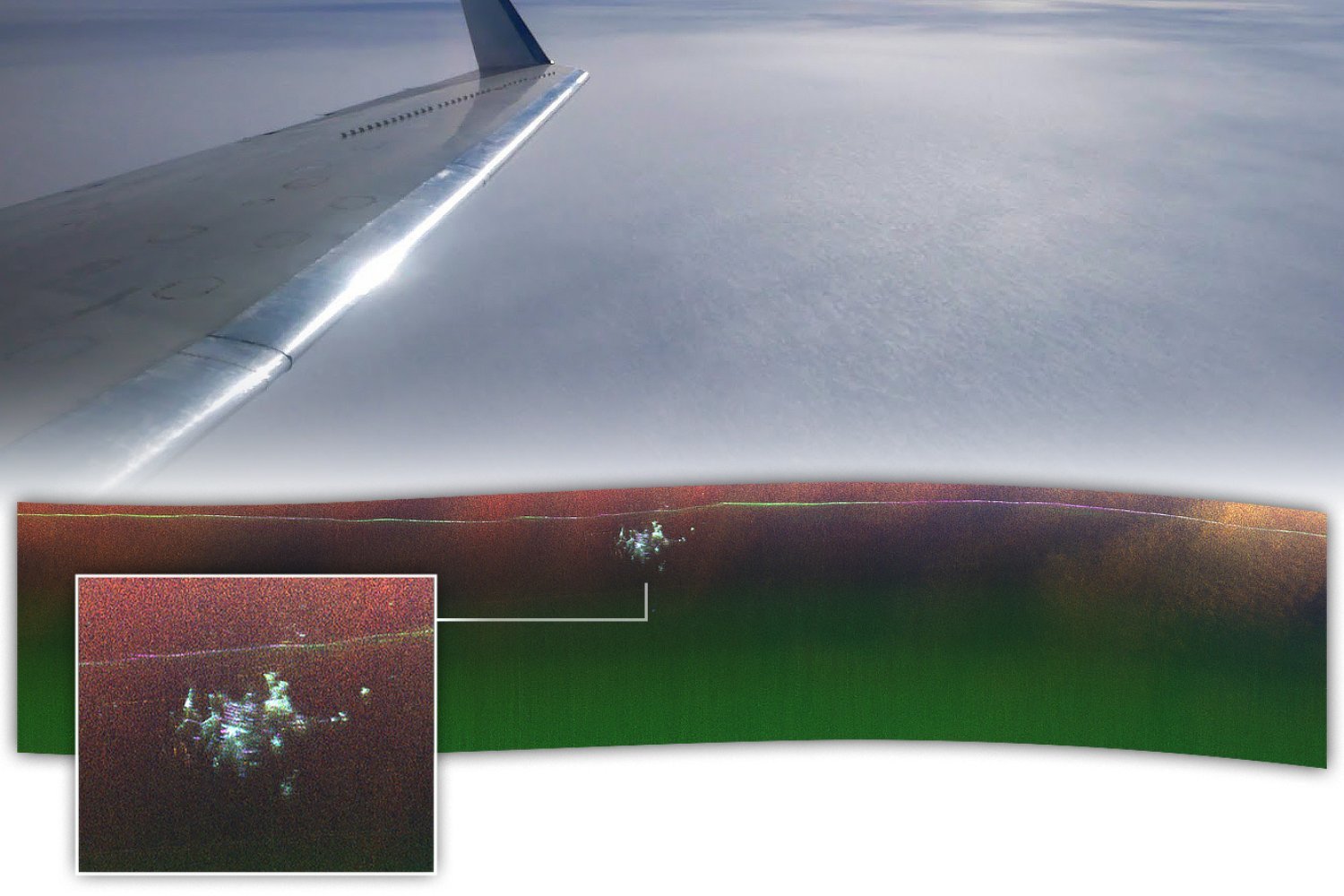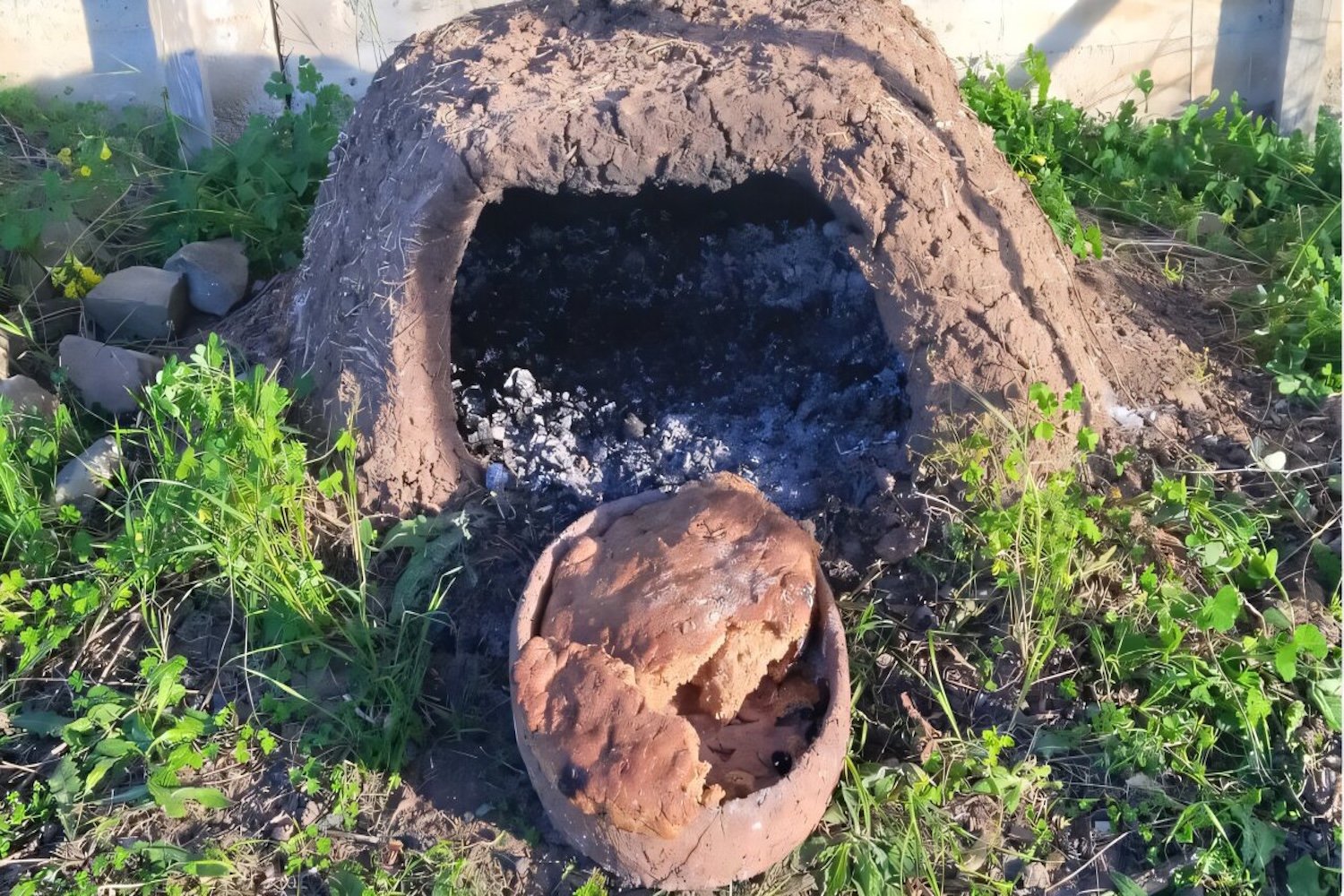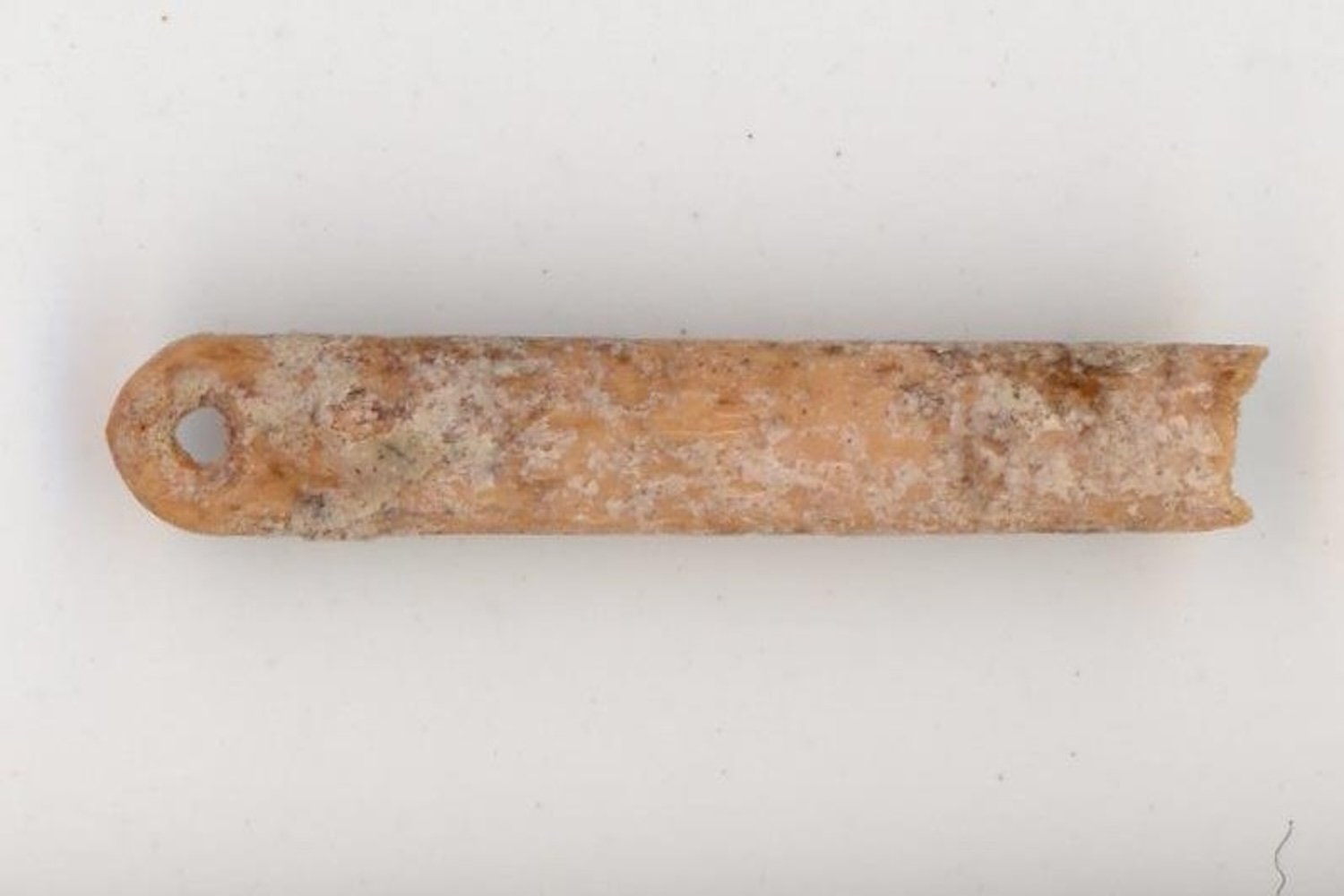Nearly six decades after a 7,535-square-foot ancient building was first uncovered near Auxerre, France, in 1966, archaeologists have made a stunning revelation. The initial structure, inhabited from the first to fourth century CE by a wealthy class, is merely a secondary wing of an immense 43,056-square-foot luxurious Roman villa, marking a significant Auxerre Roman villa discovery and ranking it among the largest known in modern-day France.
Unveiling a Roman Colossus: The Scale of the Auxerre Villa
The sheer size of the newly identified estate dwarfs the earlier findings, painting a picture of extraordinary affluence and grandeur in Roman Gaul. This sprawling complex signifies a major archaeological find, suggesting a far more prominent and resource-rich presence in the region than previously understood. The jump from a substantial building to a villa of this magnitude—nearly six times larger—indicates that the original discovery only scratched the surface of a truly monumental dwelling, potentially a key center of power and lifestyle during its occupation.
Inside the Opulent Estate: Layout and Lavish Features
Ancient Roman agricultural writer Lucius Junius Moderatus Columella, in his treatise De Re Rustica, outlined that Roman villas typically comprised three main sections: the pars urbana (owner’s residence), the pars rustica (housing for workers, animals, and farm tools), and the pars fructuaria (for harvest tools). The Auxerre excavation has primarily revealed the villa’s residential pars urbana. This main building was designed around a central square garden, complete with a basin at one end and a fountain at the other. Surrounding this serene courtyard were chambers for receiving guests, technical rooms, and a possible kitchen. A notable feature is the eastern wing, which housed sophisticated thermal baths. Archaeologists have also identified a rectangular area near a boundary wall that may correspond to the pars rustica of the complex.
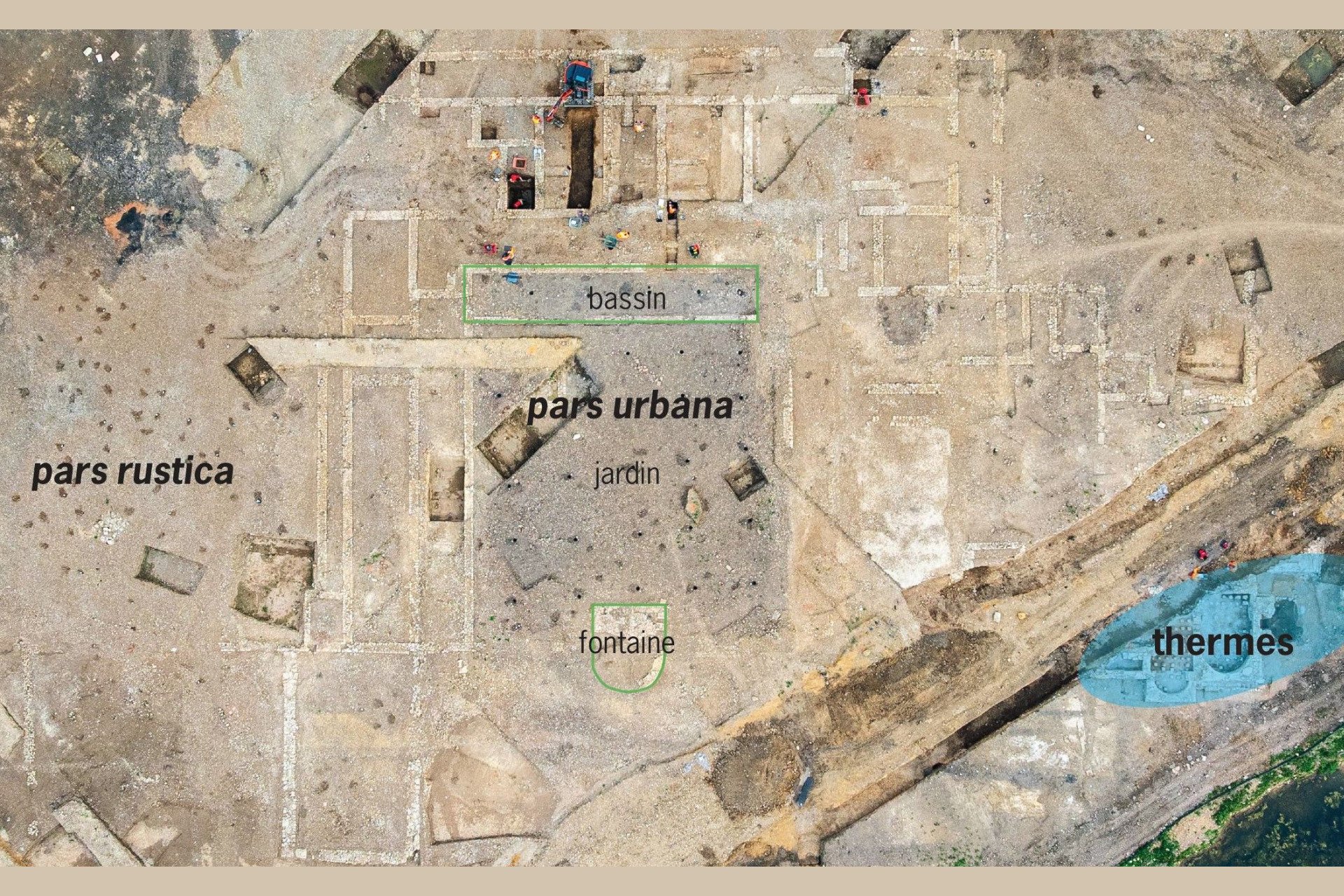 Aerial view of the sprawling Auxerre Roman villa excavation site, showcasing outlines of gardens, basins, and thermal baths.
Aerial view of the sprawling Auxerre Roman villa excavation site, showcasing outlines of gardens, basins, and thermal baths.
Echoes of Autessiodurum: Historical Context and Ongoing Research
According to a statement from France’s National Institute for Preventive Archaeological Research (Inrap), the villa was likely constructed in two or three distinct phases. Further investigation is required to establish its precise relationship with ancient Auxerre, then known as Autessiodurum, which rose to prominence as a city in the fourth century. The historical backdrop is crucial: by the mid-first century BCE, Julius Caesar had conquered all of Gaul, a vast region encompassing much of modern France and Belgium. Elite Roman Gallic villas from this era were renowned for their richly developed pars urbana, almost invariably featuring private thermal baths, elaborate gardens, fountains, private sanctuaries, and opulent interiors adorned with marble, frescoes, and mosaics, reflecting the status of their wealthy landowners who formed the region’s political elite.
Significance and Future Prospects of the Auxerre Villa
This recently uncovered estate stands as one of the largest Roman villas ever found in Gaul, as noted by The History Blog. The magnificent remains promise to offer invaluable insights into the lives, economy, and social structures of Gaul’s wealthiest ancient inhabitants. As research continues, the Auxerre villa is poised to significantly enrich our understanding of the Gallo-Roman period. In an exciting development for the public, the site will be open for tours on June 15, in celebration of European Archaeology Days, offering a rare glimpse into this remarkable piece of history.



